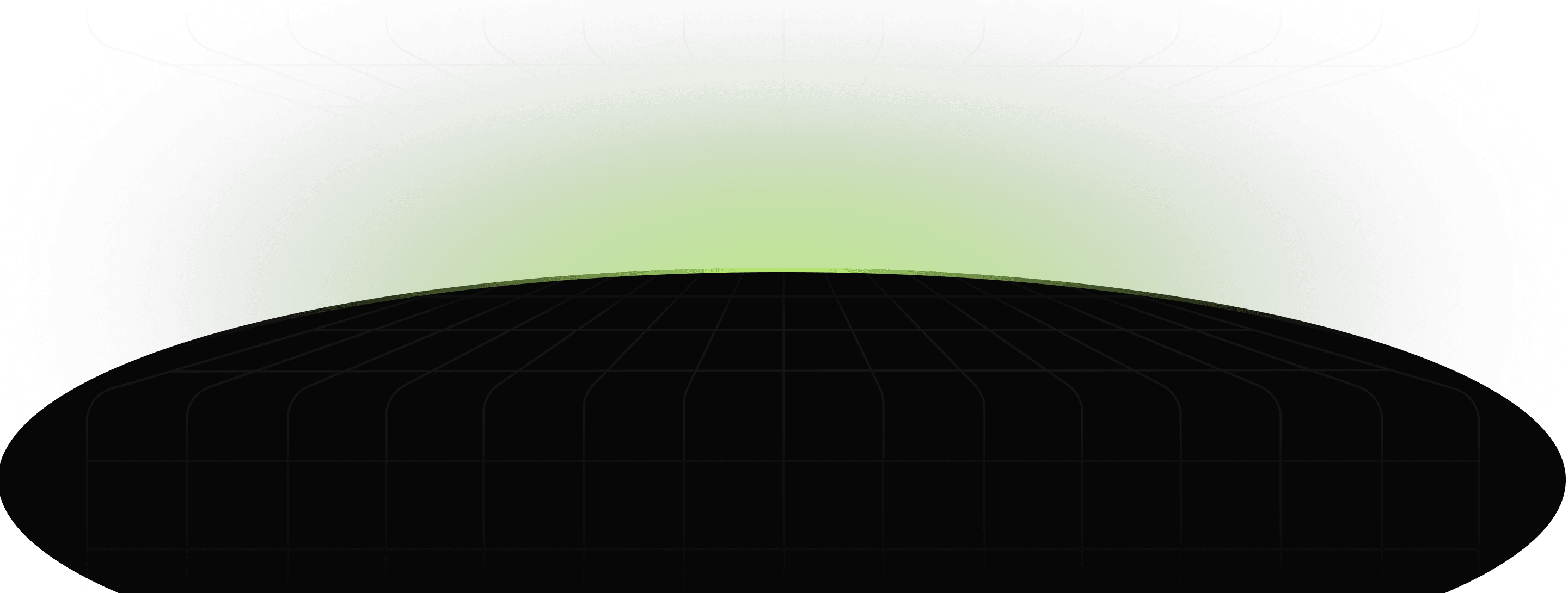
We engineernext-gen unicorns
230+Delivered projects
70+Professionals
2013Since
Discover Our Centers of Innovation

INC4 AI Labs
AI development services from intelligent automation and generative AI tools to custom AI solutions

INC4 Blockchain Hub
Blockchain Development Services from blockchain consulting to developing secure crypto wallets and launching next-gen DApps
Ideas turned into impact
Minerall
One of the largest Ethereum mining pools in the world
Open Forest Protocol
Ecosystem for monitoring forestation projects with blockchain technology
AirDAO
Entire Layer-1 Blockchain With DAO-Driven Governance
INC4in media



